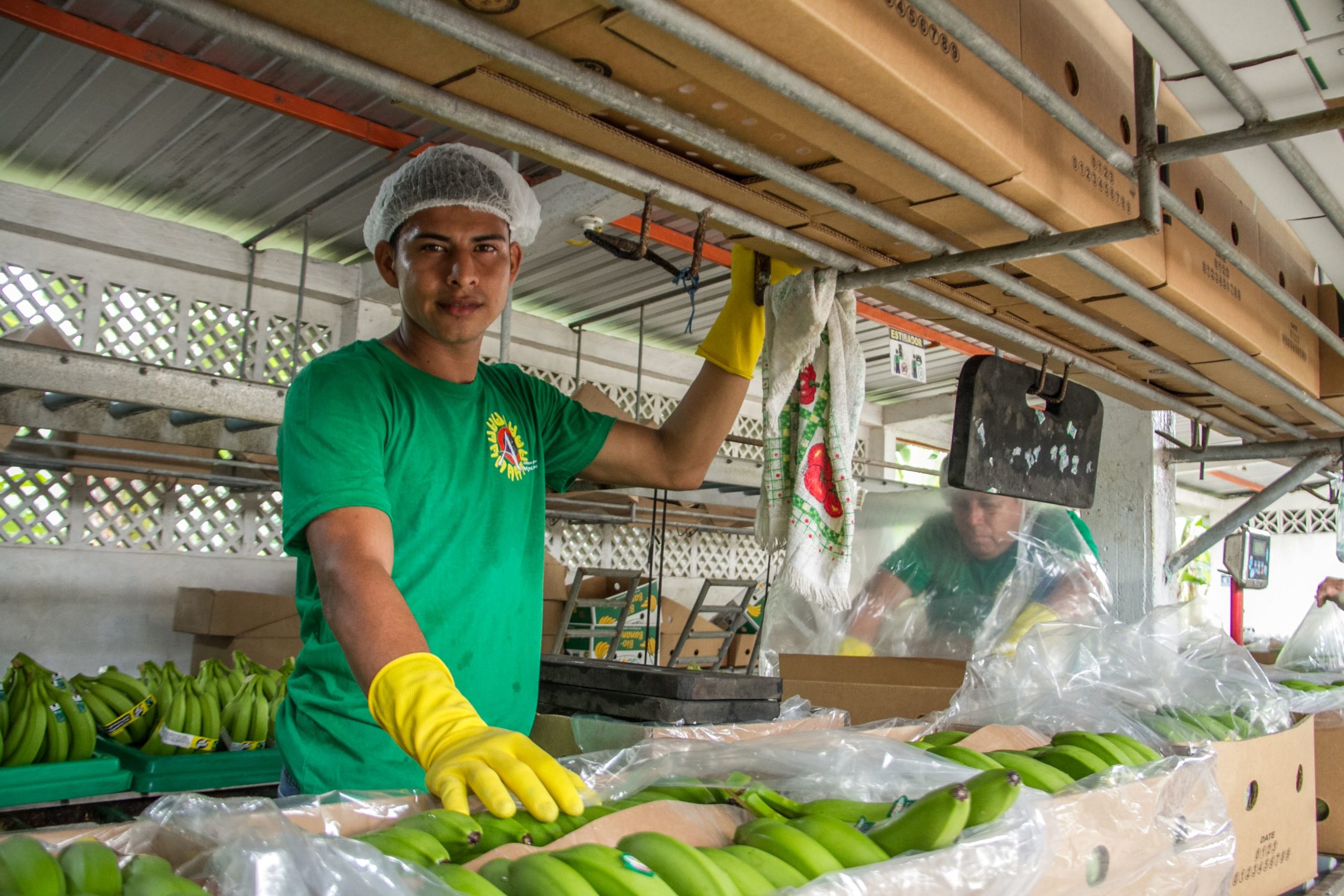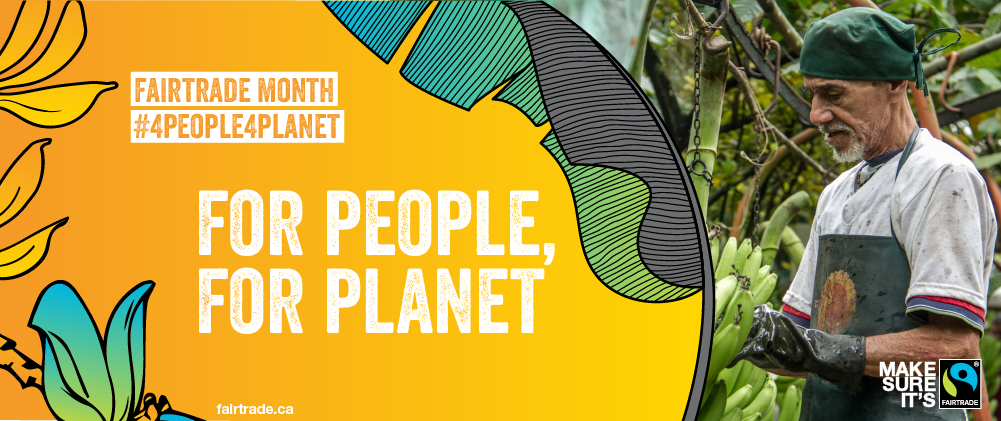I know a heck of a lot about the scientific aspects of the world of food and nutrition, but admittedly not as much as I should about the production side of things.
This was made abundantly clear to me when Fairtrade Canada reached out with the offer of collaboration, and I quickly realized I didn’t REALLY know what they did.
I have a sneaking suspicion that many of my fellow Canadians may be in the same boat.
Sure I’d heard the word, seen the logo and had some idea of what it represented, but it wasn’t until I took a deep dive into the world of Fairtrade that I really and truly appreciated what it’s all about.
And so today’s article, brought to you in collaboration with Fairtrade Canada in celebration of Fairtrade Month, represents my journey to a better understanding of what Fairtrade really means.
What Is Fairtrade All About?
The first question I had to answer for myself was the broadest one – what is Fairtrade all about?
I quickly confirmed my initial understanding that Fairtrade is focused on supporting and empowering small-scale farmers beyond our borders from regions of the world including Africa and the Middle East, Asia-Pacific, and Latin America and the Caribbean.
In other words, giving the people who produce the food we all love the leverage and respect they deserve when interacting with the parties that purchase and ultimately distribute their foods.
But how do they do that?
That’s exactly what I asked next!
Well, in order to regulate the interactions between buyers and producers – the Fairtrade system is 50% owned by the individuals who produce the food, products and ingredients.

How’s that for empowerment?
And there’s more where that came from.
What Fairtrade REALLY Means
As a consumer, you or I would interact with Fairtrade anytime we purchase a product with the FAIRTRADE mark (pictured below).
The Mark signifies that a food, product or ingredient is Fairtrade certified and thus been produced in a way that meets very specific Fairtrade Standards.
The Fairtrade certification system, by the way, is operated by an independent agency known a FLOCERT.
You can learn more about the ins and outs of the certification process here and I highly recommend you take a look to gather a better understanding of the level of diligence that goes into the process.
Fairtrade Certification Means Something
As you might imagine, there are very specific Standards that need to be met to ensure Fairtrade certification. e
Depending on the product in question, Fairtrade will either certify only small-scale farming organizations (ie: coffee, cocoa, cotton and sugar) or may also certify large plantations that produce items such as bananas, tea and flowers.
In both cases, there are standards that must be met in 3 key categories:
Economic: Maintaining a decent livelihood and working towards a living wage for all farmers workers is fundamental to the Fairtrade certification process and all buyers must pay producers what is known as a Fairtrade Minimum Price to ensure these standards can be upheld. They will also earn a Fairtrade Premium, representing the additional money they receive from the sale of Fairtrade certified items.
Environmental: Maintaining the local environment is pivotal to the survival of small farming communities and the money that producers earn selling Fairtrade products gives them the freedom to engage in more environmentally sustainable projects on the local level such as tree planting, crop diversification, irrigation and so on.
Social: Safe, secure, fair and non-discriminatory working environments are fundamental to securing Fairtrade certification and the organization spends a great deal of time and energy focusing on Women’s rights and gender equality.
These are just a sample of the invaluable initiatives you are supporting when you make the choice to purchase Fairtrade.
Starting to get the picture?
The next question we have to answer is how average Canadians like you and I play our part in the Fairtrade movement.
Let’s find out.
Playing Our Part
I’m hoping that by this point in the article you have a better understanding of all the good that Fairtrade does for small farming communities around the world.
There are two important steps that the average Canadian consumer can take right now to support this cause.
The first is to understand which of their favourite foods, products and ingredients are currently available as Fairtrade.
Well, there are actually over 7,000 of them!
Among the most common include:
- Bananas
- Cocoa & Chocolate
- Coffee
- Tea
- Cotton
- Wine
- Herbs & Spices
- Sugar
- Flowers
- Nuts, Oilseeds & Coconut
Quite an extensive list to choose from if you ask me!
The second thing we need to determine, is where can we get this stuff from?
Don’t worry, I’ve got you covered there too.
Fairtrade Canada has an online guide to help you determine which businesses in your province are selling Fairtrade goods.
They also offer a comprehensive database will allow to you search for vendors across the country that sell the specific Fairtrade certified product you’re after.
Remember to always look for the FAIRTRADE Mark.
Final Thoughts
I sincerely hope you’ve come out of today’s article with a much more robust understanding of what Fairtrade is all about.
Whether you decide to stop here or to further explore Fairtrade Canada and all that they do to support small-scale farmers and workers from across the globe, the most important thing I want you to come away with is an appreciation for what that logo means to some of the most marginalized communities around the world.
You can make the choice to support those communities by purchasing Fairtrade when the opportunity arises.
In doing so, you now hopefully know just how meaningful that action really is.
Until next time,
Andy De Santis RD MPH




